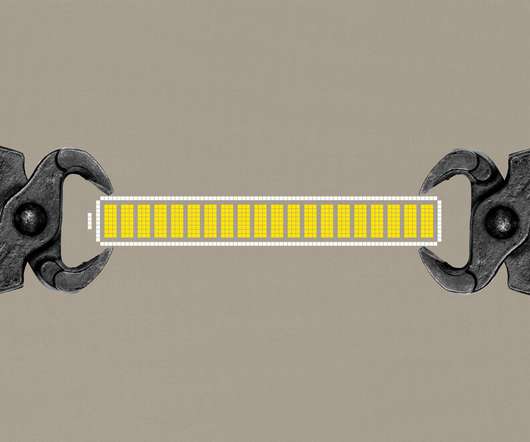New stable Fe3O4/C composite material for conversion electrode in solid-state Li-ion batteries
Green Car Congress
APRIL 13, 2020
Researchers in Europe, with colleagues from Samsung R&D Institute in Japan, have developed a highly stable Fe 3 O 4 /C composite for use as a conversion electrode in all-solid-state Li-ion batteries. increasing demand for battery systems with higher energy density requests a breakthrough in finding new materials. Resources.




































Let's personalize your content